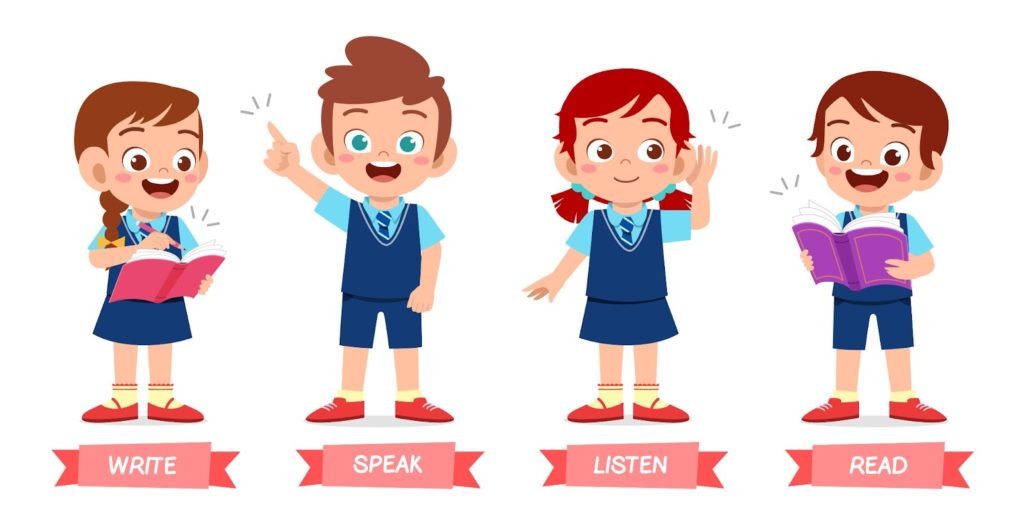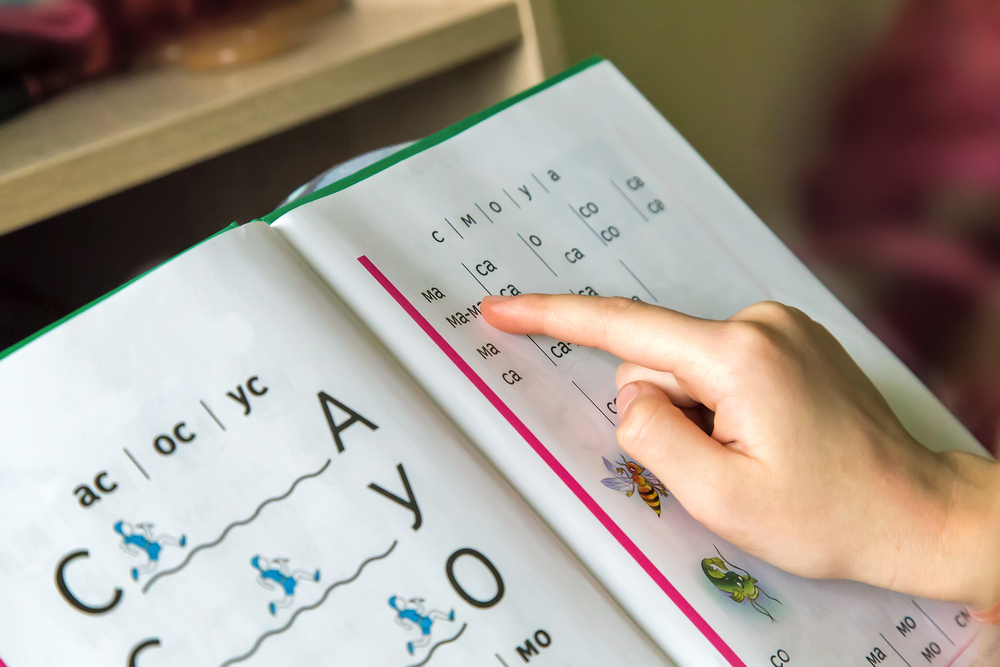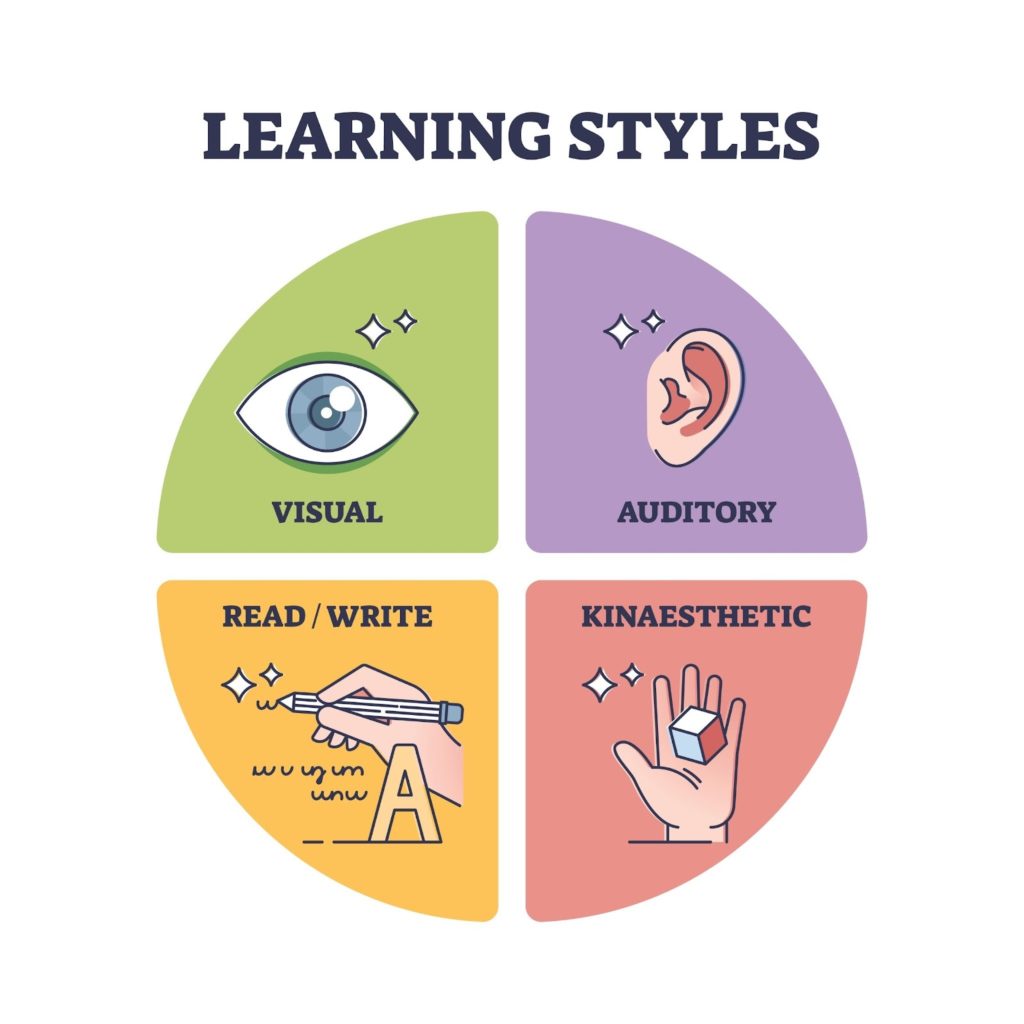
Reading is an important life skill. We communicate a lot through the written word, in newspapers, textbooks, recipes, and street signs. In the digital age, we use the Internet to convey information and fulfill a variety of everyday needs. We even carry reading in our pockets, on our cell phones, where much of our communication with friends and loved ones is through text messaging.
However, teaching reading can be challenging, and it is tempting to leave it to professional educators. However, that doesn’t mean we can’t help at home when it comes to teaching literacy. Reading to infants and toddlers will help prepare them for learning to read in school, and there are a variety of proven techniques parents can look for in their students’ classrooms. A basic understanding of how to teach reading can be a worthwhile aid for parents to help students learn literacy.
Parts of Reading
The brain goes through a lot of processes when we read. These can be divided into two categories, recognition and understanding. Recognition is how readers identify words. Understanding is how they process those words into meaningful ideas. These processes work together to interpret the writer’s message, whether a short note or a long essay. Literacy depends on building effective skills in using these processes.
Recognition
Teaching students to identify words only starts with the alphabet. Once kids know their ABCs, the next step is to teach them the sounds associated with each letter. This is called phonemic awareness, and leads to phonics, which is the process of sounding out words based on the letters that make them.
Some words, such as “the,” “are,” or “of,” cannot be sounded out. Teaching students to recognize these words means showing them in written form and using them orally, so students learn to connect the visual cues with the words. It is still important for them to know the alphabet, however, so they can construct these words on their own and use them in communication.

Understanding
Being able to interpret what we read is the other major component for literacy instruction. When students have reading comprehension, they gain meaning from the words on the paper. Having a large vocabulary, or knowing a lot of varied words, is part of comprehension. When students are exposed to new words, they learn new concepts about the world.
However, students should also know how to use the words to extract meaning from the text. A large vocabulary doesn’t do much good if readers have no context for the definitions of words, especially words that cannot be explained with pictures.
Turning Recognition and Understanding into Reading
A good literacy program keeps these two concepts in mind and integrates them into how reading is taught to students.

-
Using Phonics for Literacy
Phonemic awareness and phonics are the most effective ways to help students recognize words. Many parents may remember being taught to “sound it out” by making the sounds of each individual letter, saying the word slowly and speeding up with practice. When students who have practiced phonics encounter new words, they can sound these out and learn them. This process is called decoding.
Word families are words that have similar sounds. Many of these words rhyme or can be used in sing-song tones, making them easier for students to learn. Children who have been read to also pick up a lot of sounds for hearing them, and these benefits continue until after middle school.
Using phonics as a method to teach literacy also assists with spelling and pronunciation. While awareness of the sounds of letters and words can teach students to read, the reverse is also true. When students know what a word sounds like, they can figure out how to spell it. Knowing how to spell a word and what sounds each syllable makes enhances pronunciation by focusing on each part of a word.
When students can understand the sounds their language makes, they can carry this method to learning other languages. Phonemic awareness applies to all languages, so children learn first the sounds of their native language. As they master this, they build the skills to listen for new sounds in other languages.
-
Word Recognition
Being able to recognize words on sight can be important. Reading a “stop” sign and other traffic signs keeps us safe on the road. Words like “doctor” or “emergency” also need to be recognized immediately in some situations. Learning what words look like starts even before school in households that read to infants and toddlers.
Word recognition uses pictures and visual aids, and associates words with pictures of the items they stand for. Students are shown the pictures both with and without their associated words so they know what the words look like as well as what they represent. It is notable that popular foreign language programs for adults use the same technique to immerse learners in the language without translating to English.
Using word recognition is especially good for non-phonemic words like “the” “are” and “of.” It can be difficult to explain such words using phonemic awareness. Word recognition allows students to see how the letters are arranged while pronouncing them and commit them to memory.
-
Experiencing Words
Readers understand words best when they have context for their meaning. When teachers use the personal experiences of students in their lesson plans, they show the students the relevance of words in their lives. Words about communities, family, friends, and playing can provide a sturdy foundation for reading about the world around us, and this is a stepping stone to learning other topics. Students need a wide range of experience, such as visits to zoos and museums, to learn words outside their immediate environment so they can experience a broader range of words.
Students also need to hear language for themselves. This starts at birth, as caregivers and immediate family speak around them. Reading to infants and young children has been shown to benefit them with developing reading skills on their own, giving them a head start. In schools, many classrooms also have teachers read to the class or have them listen to audiobooks while reading along in a text. This helps learn auditory cues and unfamiliar or specialty words.
The Best of All Methods
Many students benefit from a combination of all three methods, using them to compliment one another. While explicit instruction in phonemic awareness and phonics has proven to be the most effective, it is still enhanced by exposure to experience and rote word recognition. All three techniques can be blended together based on each student’s needs.
In the home, that means getting to know what benefits each individual child and being adaptable, as kids may need to switch from one technique to another to ensure literacy. Kids with learning disabilities such as dyslexia and ADHD will need a wide variety of strategies to teach reading, but every child learns differently, and has different needs when it comes to learning to read. There is no one way that is perfect for every child.

Working Together on Reading
The best method to teach students to read is to make it an experience tailored to each child’s needs. This includes reading to them, talking to them, showing them pictures and associating them with words, and allowing them to experience as many words as they can. More specialized techniques may help readers who are struggling, but no matter what technique you use, working together with your kids when it comes to learning to read will give them their best chance at literacy as adults.

 Español
Español